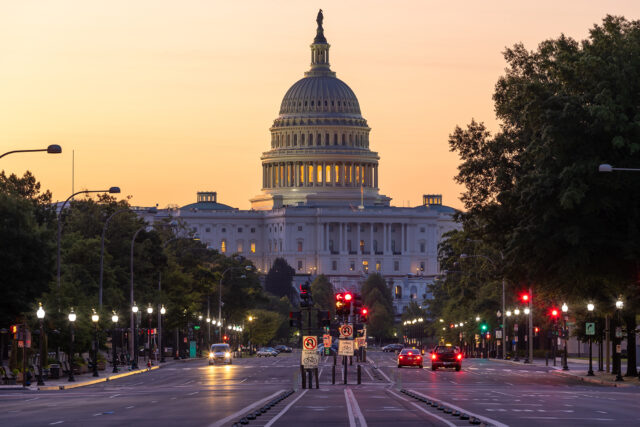
A Collective Defined Contribution Plan
Alicia H. Munnell is a columnist for MarketWatch and senior advisor of the Center for Retirement Research at Boston College.
Center for American Progress proposes SAFE plans to improve the retirement saving system.
The current U.S. retirement system will not provide people with adequate incomes when they retire. Social Security replacement rates are going down under current law and may decline further if benefits are cut in order to eliminate the 75-year deficit. At the same time, the 401(k) system has produced very modest balances – $120,000 in combined 401(k) and Individual Retirement Account (IRA) holdings for the median household with a 401(k) approaching retirement (age 55-64). (IRA balances need to be included because much of the money in these accounts comes from 401(k) rollovers.) And many households will have no 401(k) or IRA at all, and will be forced to rely solely on Social Security. Given this state of affairs, many experts are coming up with ideas for a better mousetrap. The Center for American Progress’ Secure, Accessible, Flexible, and Efficient, or SAFE, Retirement Plan is the most recent example.
The key features of the SAFE plans are the following:
- Plans would be organized as non-profit organizations run by independent boards.
- Employers would be facilitators and have no administrative or fiduciary obligations.
- Plans would be available to all workers.
- Each member would have a notional account, but no control over the investments.
- Investments would be professionally managed and less expensive than 401(k)s.
- Plan balances would be portable when workers change jobs.
- Risk-spreading mechanisms would make benefits less risky.
- Benefits would be paid in the form of lifetime income.
These features are designed to overcome many of the barriers to retirement saving.
- Auto-enrollment and auto-escalation of default contribution rates would help people enroll and save the appropriate amount.
- When workers change jobs they would stay in the same plan and not be tempted to cash out.
- Fees would be lower because plans would be large, assets would be pooled, and there would be no actively managed funds.
- Risk of losses would be reduced by a “collar” (floor = 0 percent; ceiling = 8 percent) that saves returns from particularly good years and uses them to offset particularly bad years.
- People will not outlive their savings because benefits would be paid as an annuity.
- A cost-of-living adjustment would help protect benefits from inflation, and bonus payments would be provided when investment returns are strong and the fund is healthy.
The actuarial analysis of the SAFE plan shows that participants would have to contribute much less to maintain their standard of living and that risks are much reduced compared to a typical 401(k). The auto-enrollment, low fees, and no leakages are the reasons for the lower required contributions. The collar is the reason for the lower risk.
The SAFE idea should be added to plans offered by Senator Tom Harkin (D-IA), Teresa Ghilarducci, and others. They would all be a big improvement over what we have. The thing I can’t figure out is how we get from here to there. The financial services industry has too much invested in 401(k)s. Why not just let them be and establish a new collective defined contribution system on top of what we already have? Everybody needs more, both those with and without 401(k)s. And SAFE, like several other plans, would be an excellent way to organize a new tier.







